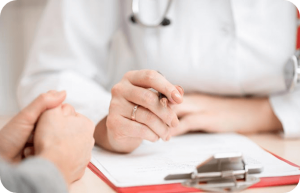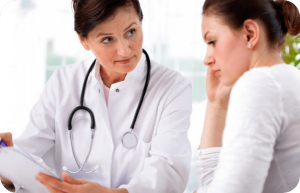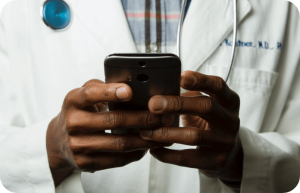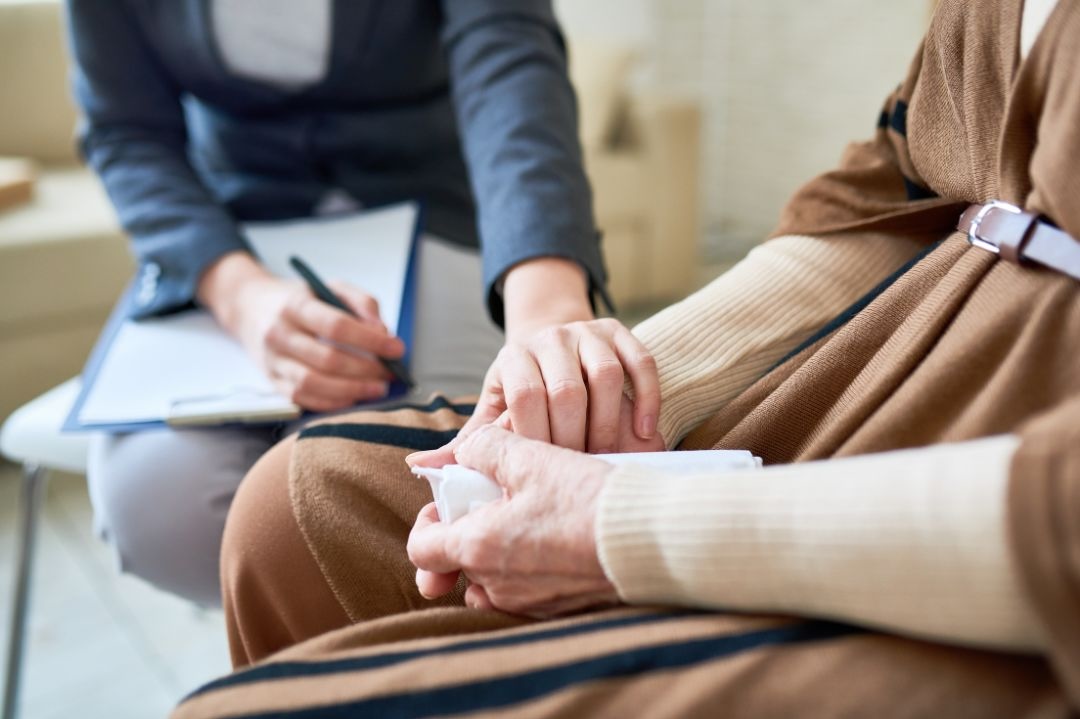What is Diverticulitis?
Diverticulitis is an inflammation of one or more diverticulum, which are pockets that form in the smooth wall of the intestine. The reason that diverticulitis develops has not been entirely confirmed, but it is believed to be because faeces becomes trapped within a diverticulum. Bacteria contained within the faeces starts to grow in number causing an infection. Infection usually appears in the sigmoid colon.
Diverticular disease is a related condition when the diverticula that protrude outwards from the wall of the large intestine causing discomfort or pain in the belly.
What are the symptoms of Diverticulitis?
The most prominent symptom of diverticulitis is pain, normally located in the lower left abdomen. This pain is normally continuous and may last for days at a time and can interfere with normal daily life. A change in bowel habits such as diarrhoea or constipation is also another common symptom of diverticulitis.
Some people notice a mild fever and vomiting or nausea.
How can it be treated?
The treatment for diverticulitis that is normally recommended is rest and a course of antibiotics. Doctors may also recommend avoiding solid food and advise following a liquid diet. A case of diverticulitis may be treated at hospital as an inpatient or as an outpatient; this will depend on the severity of the symptoms. In some cases, surgery may be required.
Most people after their initial bout of diverticulitis will not have any further symptoms. If there is a further bout of diverticulitis, the risk of further attacks is increased and the risk of complications is also increased.
Antibiotics and rest is usually enough to help get rid of the inflammation and symptoms of diverticulitis. If these treatments are not effective, the infection may lead to a number of complications.
Complications associated with Diverticulitis
Abscess
An abscess is the most common complication associated with diverticulitis. An abscess is a cavity within body tissue containing pus and surrounded by inflamed tissue and may arise from an infected diverticulum if the infection spreads to the neighbouring tissue. One may also form if a diverticulum perforates and rather than entering the abdominal space, the released diverticular contents become walled off.
You may know that you have an abscess if you can feel a tender lump in the abdomen area and you have a persistent fever. Some small abscesses resolve by themselves, those that don’t are treated with continued antibiotics and bowel rest. Larger and persistent abscesses may need to be eliminated by drainage of the pus from the abscess which should reduce the inflammation and associated pain, this will be done in hospital. To drain, a tube will be inserted through the abdominal wall and a CT scan may be used to help locate the abscess.
It is important to try and get rid of abscesses because if an abscess bursts it can create a dangerous infection.
Inflammatory mass (phlegmon)
A phlegmon is similar to an abscess, it contains pus but the pus is found in lots of small pockets that are spread within tissue that becomes a hardened mass of infection and inflammation. A phlegmon may be felt as a tender lump in the abdomen and is also painful.
There is a risk that tissues could adhere to a neighbouring piece of intestine. This adhesion could make the intestine kink and become blocked which would lead to vomiting and it could also be painful when food is forced through the narrow intestine. There can also be an irritation caused to the bladder which can lead to a more frequent need to urinate.
Phlegmon may have to be removed by surgery if it does not respond to antibiotic treatment
Fistula
A fistula is the formation of a tube or passage within the body, between an internal organ and the body surface or between two internal organs.
With relation to diverticulitis, a fistula may develop from any part of the inflamed colon. If a fistula forms, it is usually between the colon and the bladder. The fistula is created in a gradual process in which the surface of the abscess is broken and the leaking pus is quickly enclosed by tissue, forming a protruding tube. The process is repeated many times and the tube, containing pus, gradually extends until it reaches another hollow organ or the skin surface. On completion of the fistula, the tube remains open releasing pus.
If a fistula forms between a colonic abscess and the bladder, then pus or faeces may appear in the urine. This can lead to Urinary Tract Infections.
Colon-bladder fistulas are more common in men. Women may however develop fistulas from the colon to the vagina, particularly if they have had a hysterectomy. Fistulas may also connect with the small intestine or with the skin surface.
To treat a fistula, an operation will be conducted to remove the section of the colon where the fistula has grown. Usually any holes created by the fistula will close on their own but larger holes may need to be sewn in order to close them.
Bowel obstruction
In very rare cases of diverticulitis, the intestine can become blocked. However, bowel obstruction does not necessarily mean a total blockage; the intestinal tube narrows so that large lumps of faeces cannot pass, but liquid faeces can dribble through.
When faeces become blocked, static faeces may encourage an overgrowth of bacteria, which can lead to an infection.
A blockage in the large intestine may be caused by inflammation that swells the tissues that surround the colon; this consequently narrows the colonic space. The small intestine can also be affected by an obstruction. This will happen when the small intestine becomes kinked or twisted when incorporated into an inflammatory mass in the area of the sigmoid colon.
The symptoms of an obstruction will be abdominal pain, bloating and vomiting. To treat an obstruction, follow a liquid diet. If there are several obstructions, then surgery may be something that is necessary to remove the affected area or widen the colon.
Perforation of the bowel wall
Diverticulum can perforate which will enable some of the contents of the colon into the abdominal space. A perforation is a rare occurrence but when it does happen, it is dangerous as it could cause peritonitis.
Peritonitis is inflammation of the peritoneum which is triggered by its infection by bacteria. The peritoneum is a membrane that lines the whole abdominal space and also the contained organs. If peritonitis does occur, an emergency operation will be required – the main signs to look out for are severe abdominal pain which can develop quickly.
Haemorrhage
A haemorrhage can be a very severe symptom which is a loss of blood from the back passage. A known cause for this has not yet been established, but it is known that a blood vessel which is normally present in the colonic wall becomes stretched over the dome of the diverticulum as the protrusion forms. This blood vessel ruptures during haemorrhage, either at the dome or at the neck of the diverticulum.
People who have right-sided diverticula have a greater likelihood of haemorrhage.
A haemorrhage can occur when there is no inflammation and this can sometimes be the first sign. When you have a haemorrhage, you can normally expect to visit the hospital for some rest and monitoring. Once bleeding has stopped, the intestine may be cleaned with a bowel preparation which will enable examination of the large intestine by colonoscope. This will help to confirm where the bleeding is coming from and to see whether there is another reason for the haemorrhage.
Certain painkillers are suspected of increasing the risk of bleeding from diverticula. Please speak to your doctor before taking any over the counter medication.
Further Information
If you are experiencing any of the problems mentioned in this factsheet, you may wish to seek advice from your GP.
We also have information on Diverticular Disease and associated treatments, which you can find below.









